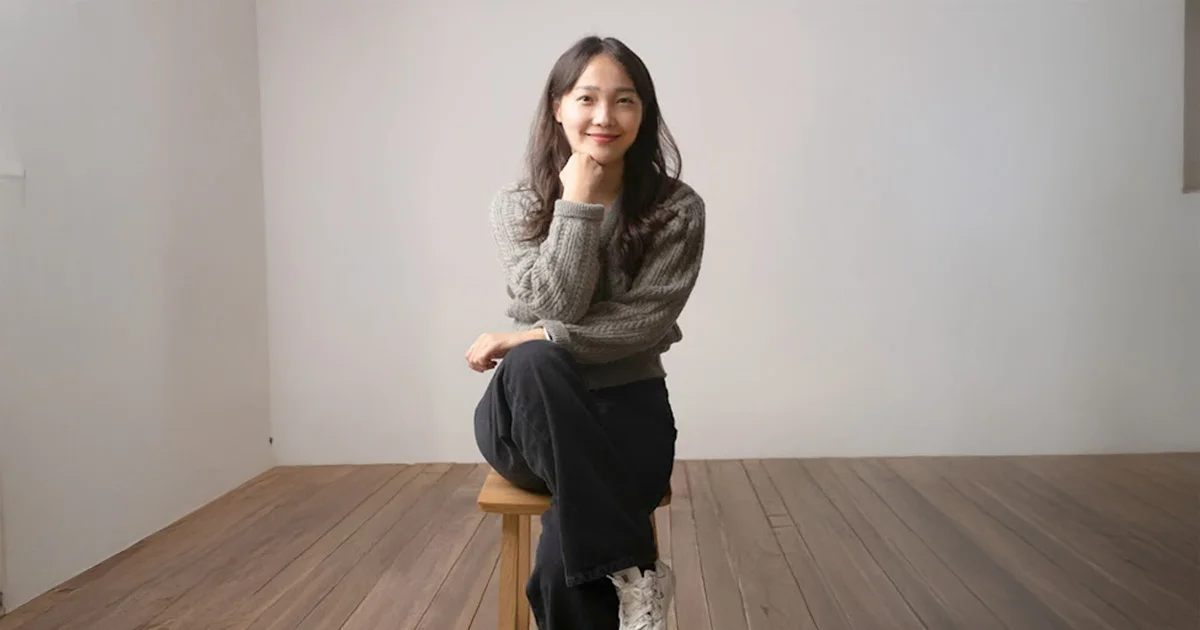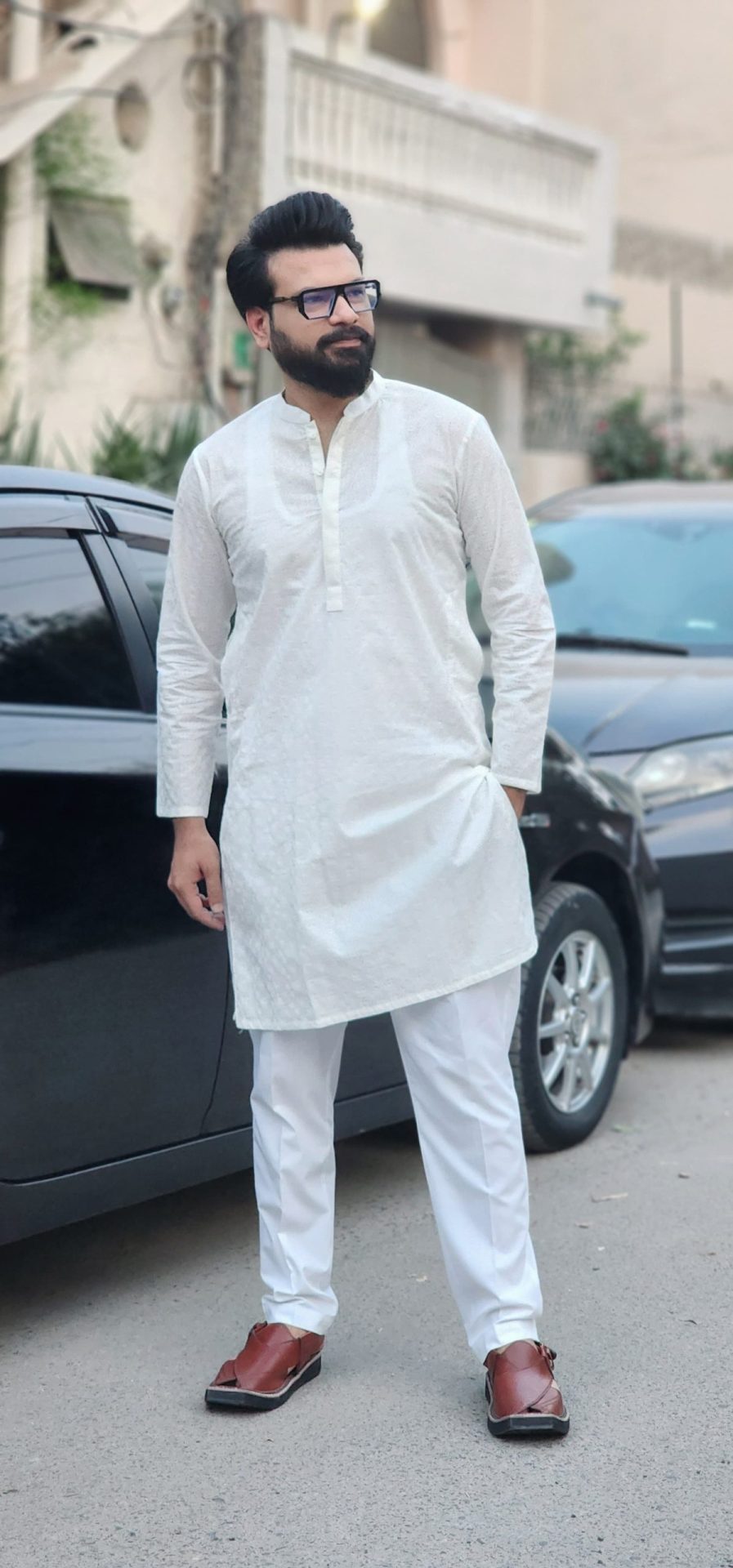Channel your inner Vogue and Confidence!

Vogue Vocal: Your career began in Korea at one of the country’s earliest fashion e-commerce platforms. Can you tell us how that shaped your foundation as a designer?
Ji-Young Ryu: I started at ZEMMAWORLD, which was already a household name in Korea’s online fashion space. But what drew me in was the challenge: it was a brand ready to evolve, especially in the way it communicated quality and identity. I didn’t just want to make clothes—I wanted to help build a system.
Over time, I developed and led several sub-lines there, but one of the most defining moments was with MMMM, a premium capsule that had strong potential but lacked a clear direction in its early stage. Rather than starting from scratch, I revisited the brand’s original philosophy and helped articulate its tone and concept with renewed clarity—anchoring it in quality, restraint, and emotional precision. That process taught me that the most meaningful design work often isn’t about inventing something new, but about refining what already exists until it resonates with purpose.
Ryu: We focused on quiet luxury, but through substance. Not just minimal design, but deeply considered choices—wool handmade coats, tailored vent jackets, carefully finished interiors. I was involved in everything: fabric sourcing, trim development, fit testing. We backed every design with intent, which built consumer trust over time. That’s when I realized: design can be a structure that earns loyalty, not just a style that catches attention.
Ryu: I was curious about how cultural context shapes design. Korea has a very fast-paced, digitally driven fashion culture. I wanted to challenge myself in a different environment—somewhere I could slow down and observe how local values influence aesthetic choices and consumption habits.
That opportunity came through TEA N ROSE, where I worked on a new dress line called Celadon. After the pandemic, I found myself asking a simple question: What will people want to do again, now that they can? And the answer was clear—they’ll want to gather. In the U.S., that often means events: weddings, parties, celebrations. I realized that occasionwear would become relevant again, but not in a flashy way—especially in regions where family and modesty still shape how people dress. That was the seed of Celadon: a collection designed not just for events, but for a cultural rhythm that was quietly reawakening.
Ryu: Exactly. I didn’t approach it as a “pretty dress” project. I saw it as a design system—one that needed to reflect local culture while still feeling modern and desirable. I led the naming, styling, product direction, and visual identity to ensure it spoke clearly to that vision. While the collection was initially developed with a specific region in mind, debuting it at MAGIC in Las Vegas allowed us to see its broader potential. Buyers from various U.S. states responded with interest, and it became clear that a culturally grounded concept could, in fact, resonate far beyond its starting point.
What started as a regional line gained traction from buyers across different states. It showed me that when design is grounded in empathy and context, it can travel farther than you expect.
Ryu: I think of myself as a design system builder. Some designers focus on silhouettes. Others on graphics or storytelling. I try to connect all of those—to build something that feels coherent not just for one season, but over time.
Even when I’m directing a photoshoot or developing a hangtag, I’m thinking: Does this support the brand’s promise? It’s about continuity. To me, fashion is not just about expression—it’s about alignment between what a brand says and what a consumer feels.
Ryu: I’ve moved away from trend-driven thinking. In the beginning, like many young designers, I was obsessed with novelty. But now I value clarity over complexity, and sustainability over speed—not just in materials, but in decisions.
I believe the designer’s role is expanding. We’re not just makers—we’re interpreters, system thinkers, cultural translators. Whether in Korea or the U.S., I want to keep creating work that’s grounded, thoughtful, and built to last.
Ryu: I’m currently preparing to build my own brand—one that reflects not only my design philosophy but the kind of structure and clarity I believe brands need today. To do that, I’ve been learning more about the business side of things: how to scale, how to sustain, how to lead beyond just creative direction. Fashion is evolving, and I see a growing openness to more thoughtful, well-constructed ideas. I want to be part of that shift—not just through design, but by shaping a brand that can grow with integrity over time.
Whether reimagining a forgotten sub-brand or launching a culturally specific line that scales, Ji-Young Ryu designs with structure, sensitivity, and foresight. Her work reminds us that great design is not only what we see, but what holds together—quietly, persistently, and with purpose.

Are the men in house ready to take their style game up a notch? Aly at Vogue Vocal is the eyes and ears of entertainment industry with that Gen-Z x-factor! Aly’s personal style statement raises the bar high and knocks it out of the park so trust him for picking the best for Vocal Fashion, our e-magazine edit, the heart and soul of Vogue Vocal!